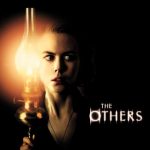The Little Mermaid (1989)
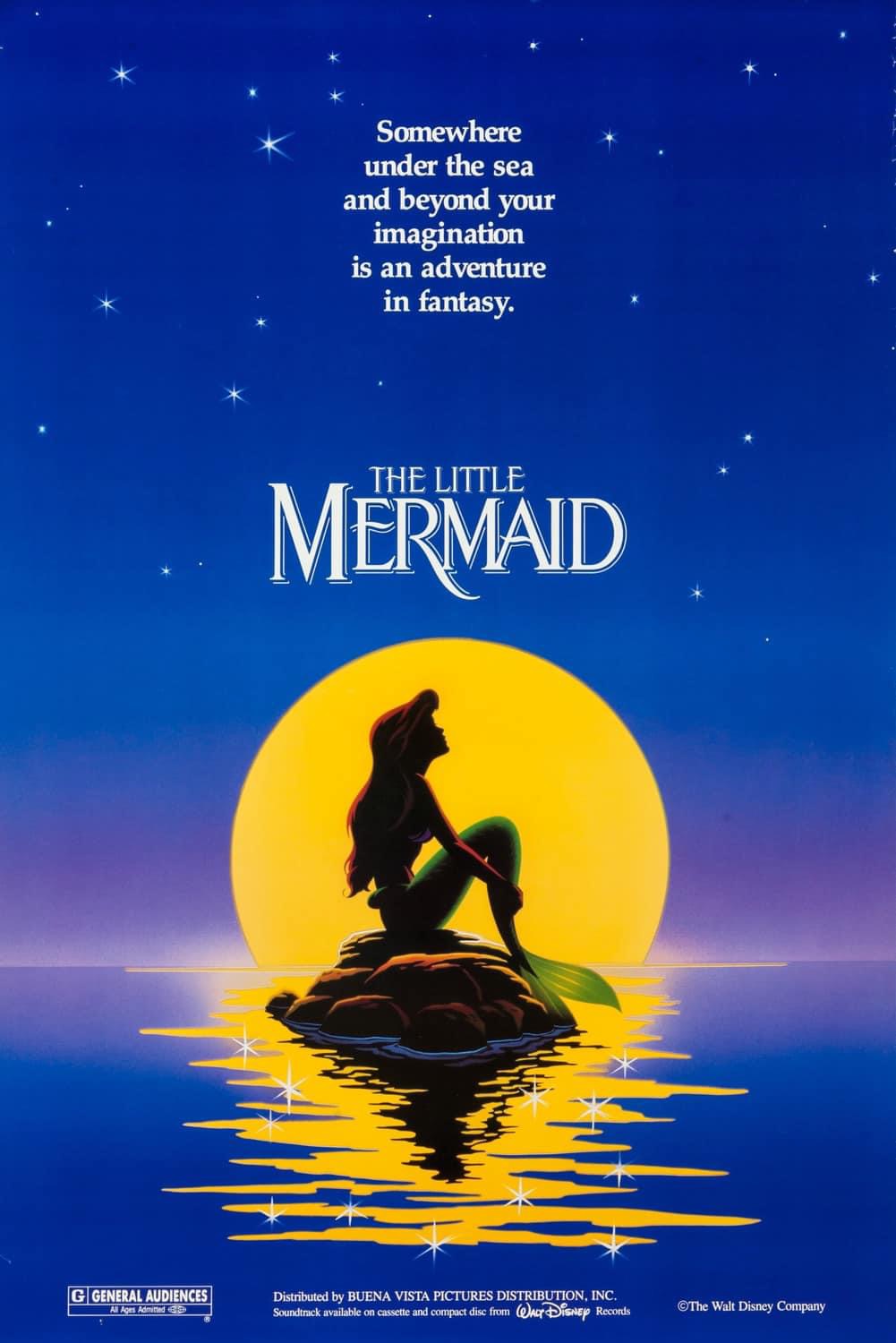
Disney’s The Little Mermaid, released in 1989, stands as a monumental achievement in the history of animation, serving as the launchpad for the Disney Renaissance—a golden era that revitalized the studio’s legacy in animated feature films. Directed by Ron Clements and John Musker and based on Hans Christian Andersen’s fairy tale, this film seamlessly blends timeless storytelling, stunning animation, and unforgettable music to create an enduring masterpiece.
Suggested videos for you:
Plot and Themes
At its heart, The Little Mermaid tells the tale of Ariel, a curious and adventurous young mermaid who dreams of exploring the human world. The central conflict arises when she falls in love with Prince Eric and makes a dangerous deal with the cunning sea witch Ursula to trade her voice for legs, embarking on a perilous journey of love, sacrifice, and self-discovery.
The film beautifully explores themes of identity, independence, and the pursuit of one’s dreams. Ariel’s longing to belong to a world beyond her reach resonates universally, making her one of Disney’s most relatable protagonists. The narrative also delves into the consequences of impulsive decisions and the value of personal growth.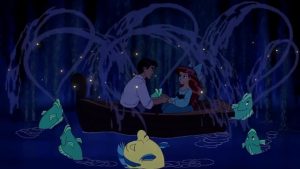
Characters and Voice Acting
Ariel, voiced by Jodi Benson, is the soul of the film. Benson’s performance captures Ariel’s youthful exuberance and vulnerability, while her vocal work in songs like “Part of Your World” conveys deep emotion and longing.
Ursula, brought to life by the indomitable Pat Carroll, is one of Disney’s most iconic villains. Her theatrical flair, sharp wit, and commanding presence make her both terrifying and captivating. The supporting cast, including Samuel E. Wright as Sebastian, the lovable Jamaican crab, and Buddy Hackett as the scatterbrained seagull Scuttle, adds humor and warmth to the story.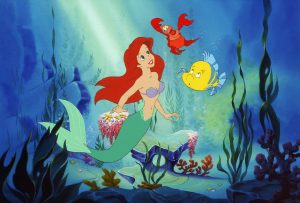
Animation and Visuals
The animation in The Little Mermaid marked a significant leap forward for Disney. The use of the multiplane camera and innovative underwater effects created a rich, immersive world teeming with vibrant colors and fluid motion. Ariel’s flowing hair, the shimmering underwater landscapes, and Ursula’s dramatic transformation showcase the meticulous craftsmanship of the animators.
Music and Legacy
Alan Menken and Howard Ashman’s contributions to the film’s score and songs cannot be overstated. The Little Mermaid introduced the Broadway-style musical structure to Disney animation, a formula that became a hallmark of the Renaissance era. Songs like “Under the Sea”, “Kiss the Girl”, and “Poor Unfortunate Souls” remain cultural touchstones. The film won two Academy Awards for Best Original Score and Best Original Song (“Under the Sea”), solidifying its status as a musical triumph.
Cultural Impact
The film not only revitalized Disney animation but also set the standard for animated storytelling. Ariel became a beloved icon, inspiring generations of fans with her courage and determination. The Little Mermaid paved the way for future classics like Beauty and the Beast (1991) and The Lion King (1994).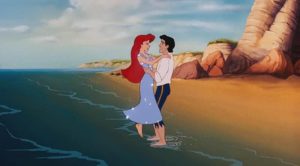
Criticism and Modern Perspectives
While The Little Mermaid is celebrated as a classic, it has not been without criticism. Some have questioned Ariel’s decision to trade her voice—arguably her most unique attribute—for a chance at love, interpreting it as a problematic message about self-sacrifice for romantic relationships. However, many argue that Ariel’s journey is ultimately about her pursuit of personal freedom and the courage to follow her heart.
Conclusion
The Little Mermaid (1989) is a landmark in animation history, offering a perfect blend of heartfelt storytelling, unforgettable music, and groundbreaking visuals. Its enduring appeal lies in its ability to captivate audiences of all ages, making it a cherished part of Disney’s legacy and a cornerstone of modern animated cinema. Even decades later, the film continues to enchant and inspire, proving that dreams, no matter how big or small, are worth chasing.





